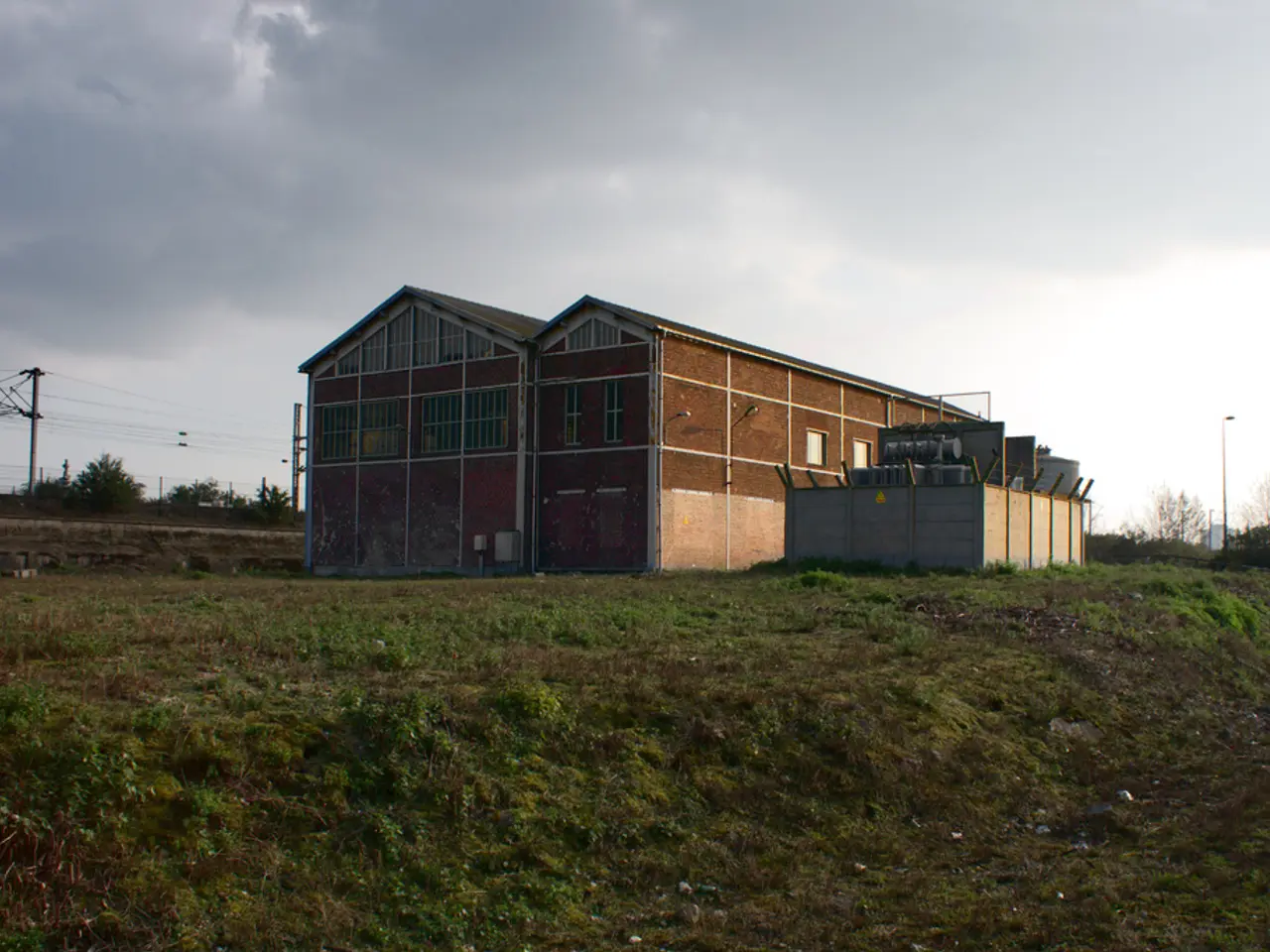Technology and tools, such as sensors and software, may be employed to strengthen Ohio's deteriorating electrical network.
Ohio's electric grid is set for an upgrade, as the state grapples with rising repair and maintenance costs, growing demand from data centres and new customers, and increased risks due to severe weather and outages caused by climate change.
In an effort to modernise the grid, House Bill 15, recently signed by Republican Gov. Mike DeWine, requires Ohio utilities and regulators to consider technology for cost-effective improvements to the state's aging electric infrastructure.
The focus of House Bill 15 is on software and hardware solutions to boost the safety, reliability, efficiency, and capacity of existing infrastructure. Advanced transmission technologies that utilities must contemplate under HB 15 include dynamic line rating, digital controllers that remotely adjust power flow, and topology optimization software that reroutes power around congested areas.
Rob Kelter, a senior attorney with the Environmental Law & Policy Center, stated that the high-tech approach could create space on the grid for more renewable energy. Clean energy advocates hope the investments from House Bill 15 will allow the grid to accommodate more renewable energy and battery storage projects.
Advanced conductors, used when wires need to be replaced, provide an energy-saving option as they use carbon composites or other materials to carry more electricity with less loss of energy, compared to traditional wires of similar diameter.
The state agency responsible for approving new transmission projects in Ohio is the Public Utilities Commission of Ohio (PUCO). Companies seeking to forego advanced technologies in favour of conventional projects will have to file reports and expert testimony to support their decision. The PUCO must require companies to consider technology solutions before approving any new transmission projects.
The reports filed under HB 15 will be available to the public. They will identify areas of the grid with congestion and compare the cost of addressing it with traditional versus advanced technologies. Interested parties may request a hearing from the PUCO to review transmission information and the utility's ability to recover costs from customers.
Besides mitigating climate change, the high-tech approach could also improve public health by reducing pollution. Lessening the need to run coal-fired power plants is possible with a high-tech approach, allowing more renewable energy to come online.
In summary, Ohio's electric grid is set for a high-tech overhaul, with the aim of improving safety, reliability, efficiency, and capacity, while also accommodating more renewable energy and reducing pollution. The public reports detailing the consideration of advanced transmission technologies in five-year forecasts will be accessible to all, ensuring transparency and accountability in the process.
Read also:
- Transforming Digital Inventories in the Food Industry: A Comprehensive Guide for Food Businesses
- Munich Airport Unveils Its New Electrical Vehicle Charging Parksite
- Vehicle electrification and bidirectional charging technologies could potentially reduce EU energy expenses by a staggering €22 billion annually by the year 2040.
- Rapid Construction of Rajasthan's 435 Megawatt Solar Power Plant in Eight Months Reduces Carbon Dioxide Emissions by Over 700,000 Tons







